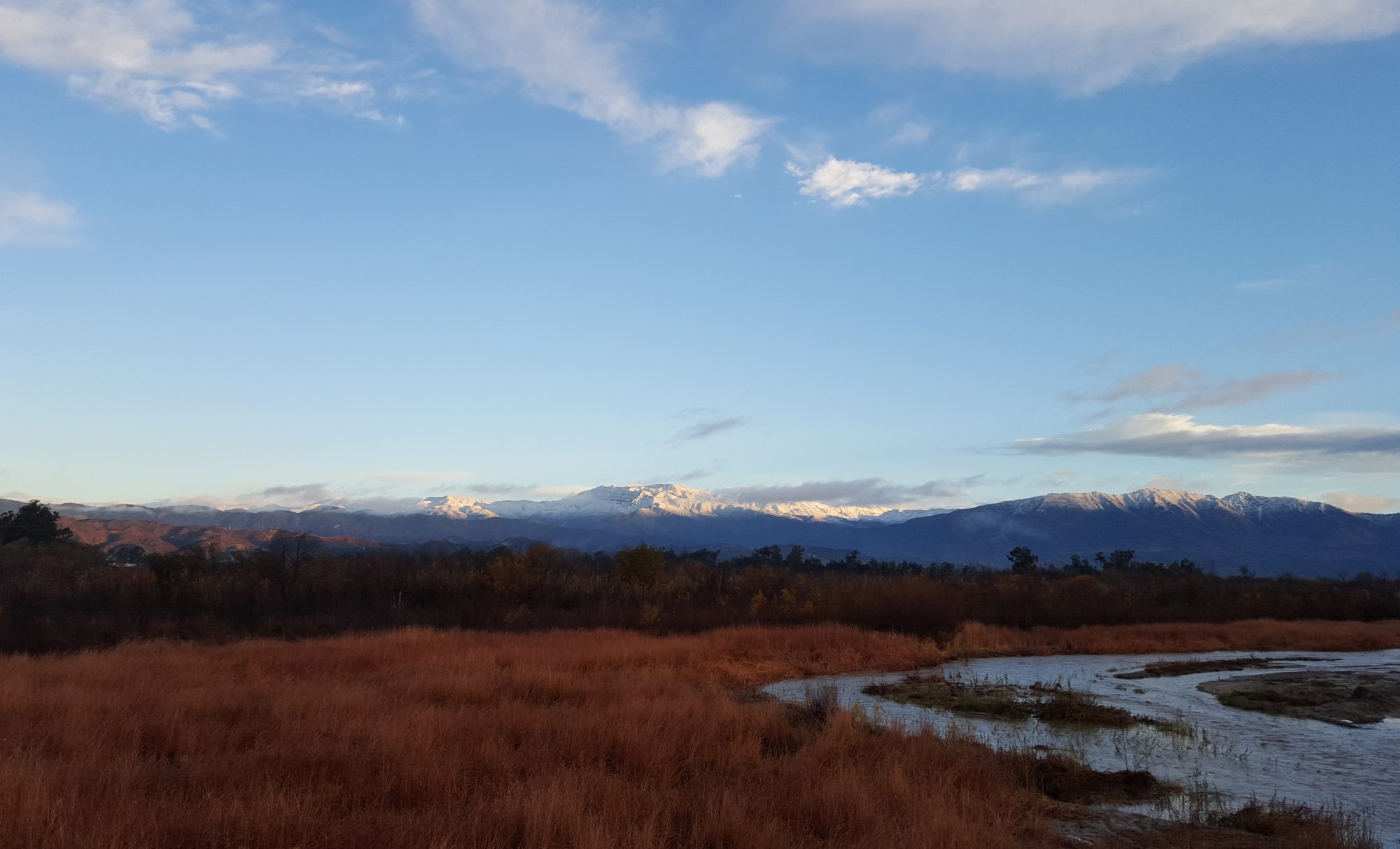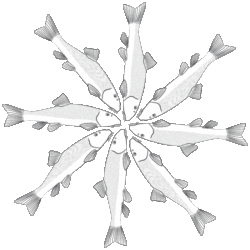
Invasive dreissenid mussels invaded the Great Lakes in North America in the 1980s and have gradually spread west, often as hitchhikers on recreational vessels. These mussels are fundamentally different from native freshwater mussels in that they attach to nearly any hard surface with strong byssal theads and can reach massive densities, sinking docks, clogging pipes and intake structures, and disrupting the ecology of lake systems. In collaboration with United Water Conservation District (Ventura County, CA), we tested methods for control of lake-scale infestations, while minimizing potential impacts to non-target species to help address the infestation of their water supply reservoir, Lake Piru.
Booth, M.T.. and Culver, C.S. Invasion dynamics of quagga mussels within a Southern California reservoir and its spatially intermittent watershed. 2023. Aquatic Ecology. DOI: 10.1007/s10452-023-10025-x
Booth, M.T.. and Ayres, K.A. Temperature and dose response of invasive quagga mussels to various molluskicides. 2024. Management of Biological Invasions. https://www.reabic.net/journals/mbi/2024/1/MBI_2024_Booth_Ayres.pdf

